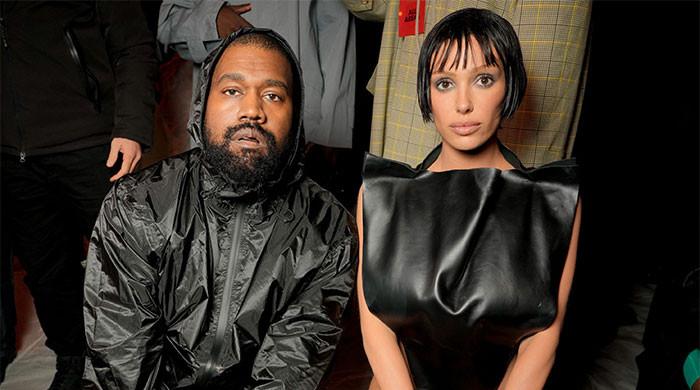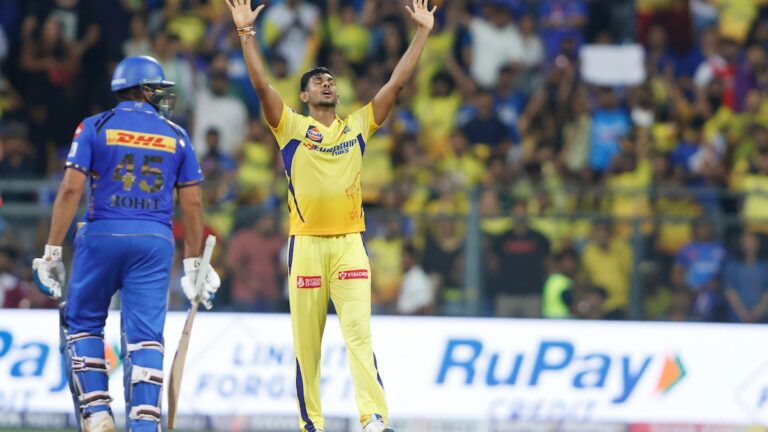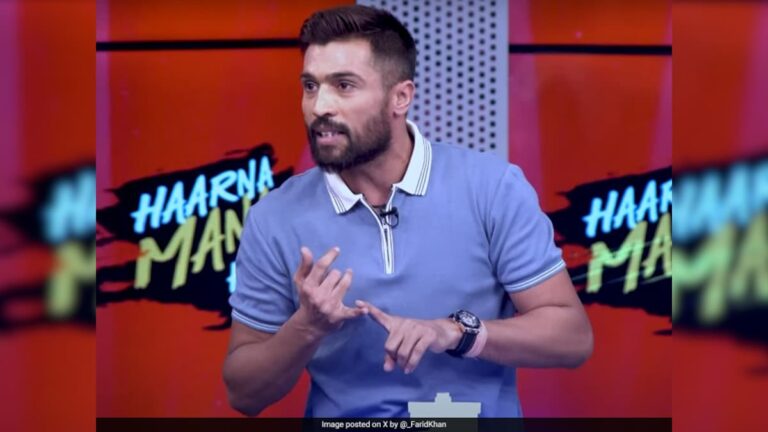
Israel rejected Hamas truce conditions last week (File)
Israel faced growing international pressure on Tuesday to agree to a ceasefire with Hamas as it prepared to invade the crowded southern Gaza city of Rafah, where more than a million Palestinians are trapped.
CIA Director William Burns met with Mossad chief David Bania in Cairo on Tuesday for a new round of talks on a Qatar-brokered ceasefire proposal that would temporarily halt fighting in exchange for Hamas Release the hostages.
Qatar’s prime minister and Egyptian officials met with two intelligence chiefs in Cairo – Egypt’s Al-Qahera News reports – amid ongoing mediation efforts as ceasefire proposals bounce back and forth between the two countries
The meeting comes after the United States and the United Nations warned Israel not to launch a ground offensive in Rafah without a plan to protect civilians, who say they have nowhere to go.
“Everywhere we go there are explosions, martyrs and injured people,” said Iman Dergham, a displaced Palestinian woman.
U.S. President Joe Biden said civilians in Rafah “need to be protected” after White House talks with Jordan’s King Abdullah II on Monday.
“Many people there have been displaced – multiple times, fled to the north to escape the violence, and now they are squeezed into Rafah – exposed and vulnerable,” he said.
King Abdullah has pushed for a “lasting ceasefire” to end the more than four-month-old war, warning that Israel’s attack on Rafah “will certainly cause another humanitarian catastrophe”.
Other countries have urged caution about ground attacks, including China, Germany and Norway.
Israel launched a pre-dawn attack on Rafah on Monday, freeing two hostages and killing about 100 people, after rejecting Hamas’s truce conditions last week.
Netanyahu praised the release of Fernando Simon Maman, 60, and Louis Har, 70, as “flawless”, while the Palestinian Foreign Ministry said the deaths of dozens of Gazans amounted to a “massacre”.
no safe place
The rare rescue mission, which left Rafah with craters and piles of rubble, came hours after Netanyahu called Biden, who reiterated his opposition to a major attack on Rafah.
He was rebuffed by Israel’s prime minister, who said “complete victory” would be impossible without eliminating the last battalion of Rafah militants.
The United States has angered some Middle East allies by repeatedly refusing to support a comprehensive ceasefire, with Washington expressing support for Israel’s efforts to root out Hamas and calling for a shorter ceasefire through hostage and prisoner swaps.
A Hamas official told AFP they were awaiting the outcome of the Cairo meeting but were “willing to discuss any steps aimed at ending aggression and war”.
More than half of Gaza’s 2.4 million people have sought asylum in Rafah, where they are trapped in makeshift camps near the Egyptian border, where they face outbreaks of hepatitis and diarrhea, as well as shortages of food and water.
Some families who had been displaced multiple times began dismantling their tents and packing their belongings to flee again.
“We fled the north empty-handed, and then we fled Khan Yunis almost empty-handed,” said one man, Ismail Jundia.
“We want to be ready this time.”
Netanyahu said Israel would provide “safe passage” for civilians trying to leave, but foreign governments, Gazans and aid groups have questioned where they can go.
“There is no safe place in Gaza right now,” said U.N. spokesman Stephane Dujarric.
The Wall Street Journal reported on Tuesday that Israel is proposing to build 15 large campsites with about 25,000 tents each in the southwestern Gaza Strip as part of its evacuation plan.
The newspaper quoted Egyptian officials as saying the camps and field hospitals would be established and managed by Egypt, but neither country confirmed this.
UN High Commissioner for Human Rights Volker Turk has warned that an Israeli invasion of Rafah could lead to “extremely high civilian” casualties and could also mean the end of “meager” humanitarian aid entering Gaza.
“We are almost out of flour in the north,” said a man in Beit Lahiya, northern Gaza. “We couldn’t even find food and drinks for the kids.”
Reporter injured
Thick smoke rose over Rafah, and Al Jazeera said on Tuesday that two journalists had been seriously injured in an Israeli attack on the city.
Qatar Broadcasting Corporation quoted emergency doctors as saying that journalist Ismail Abu Omar had his right leg amputated and was in critical condition, while photographer Ahmed Matar had multiple injuries and was bleeding severely.
The war has taken a heavy toll on journalists in Gaza. According to the latest death toll from the Committee to Protect Journalists (CPJ) as of February 7, 85 journalists and media professionals have been confirmed murdered so far.
At least 28,473 people, mostly women and children, have been killed in Israel’s relentless bombing and ground offensive in the Hamas-controlled Gaza Strip, according to the health ministry.
The war broke out after Hamas launched an unprecedented attack on October 7 that killed about 1,160 people in Israel, mostly civilians, according to AFP statistics based on official figures.
According to Israeli data, militants have also taken about 250 people hostage, about 130 of whom are still in Gaza. Israel said the remaining 29 prisoners were presumed dead.
The Israeli military said on Tuesday that three more soldiers had been killed in fighting in Gaza, bringing the number of casualties to 232 since the ground operation began on October 27.
Israeli forces also said they had killed more than 30 “terrorists” in Khan Younis, southern Gaza’s largest city, which has seen heavy fighting in recent weeks.
(Except for the headline, this story has not been edited by NDTV staff and is published from a syndicated feed.)






